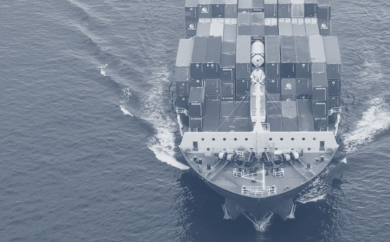
The shifting typologies financial crime compliance professionals seek to identify, monitor, and report on reflect the volatility of the wider economic landscape. But in addition to commonly known and understood risks, such as money mules, a host of typologies are emerging that firms need to understand and assess for 2023.

















